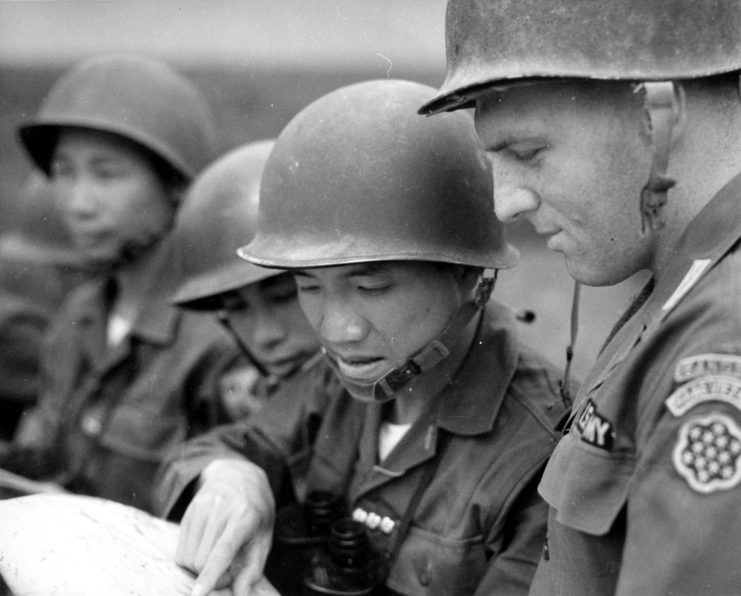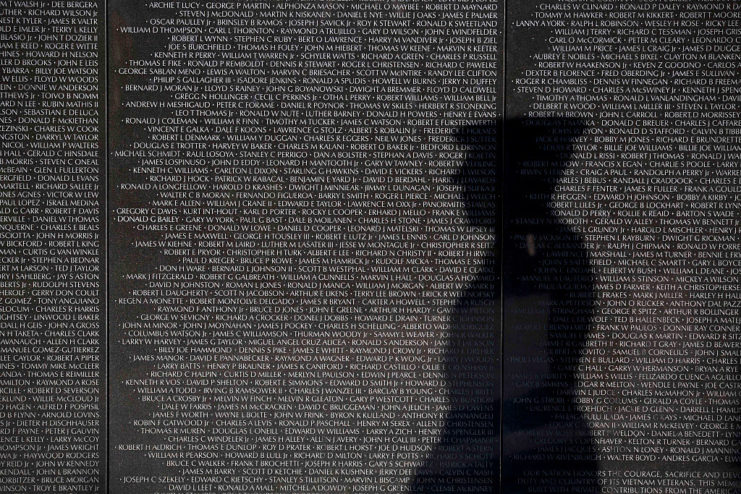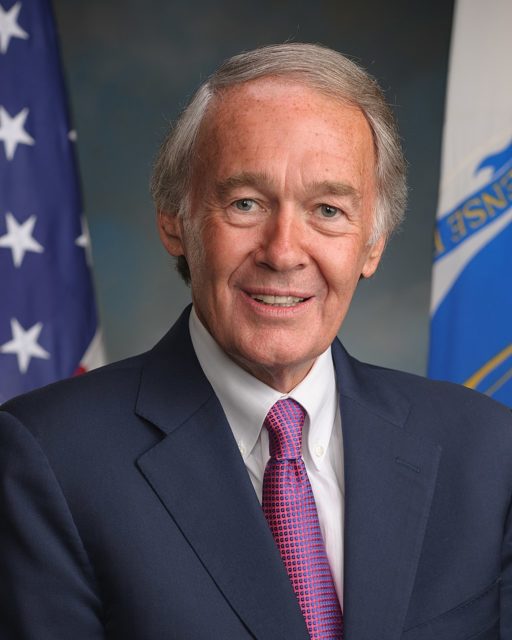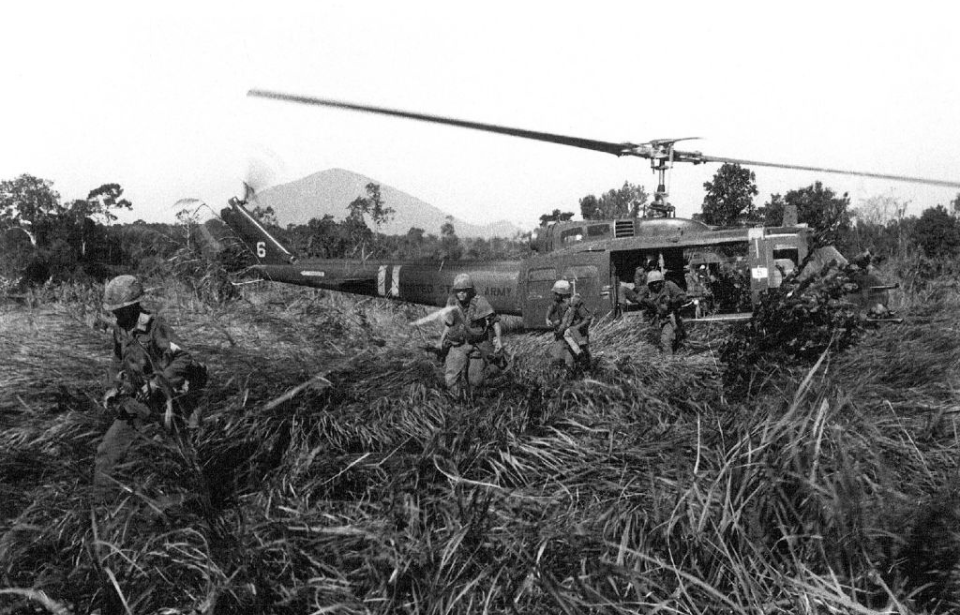The exact beginning of the Vietnam War remains a topic of debate among historians. Some trace its roots back to 1887 when France colonized Vietnam, establishing French Indochina. Others argue that it truly began in 1946 when Ho Chi Minh initiated guerrilla warfare against French colonial forces. Yet another perspective is that the war started in 1950, when the United States began providing military and financial aid to France.
For many years, the U.S. officially considered 1961 as the start of the Vietnam War when counting casualties. Because of this, Air Force Tech. Sgt. Richard Fitzgibbon Jr., who died in 1956, was not initially recognized as a Vietnam War casualty. However, after years of advocacy by his family, the government revised the official start date to November 1, 1955, allowing earlier casualties like Fitzgibbon to be acknowledged as part of the war’s history.
Richard Fitzgibbon Jr.’s untimely death

Richard Fitzgibbon Jr., born on June 21, 1920, in Stoneham, Massachusetts, was a seasoned military veteran who served in both World War II and later in the U.S. Air Force. Initially part of the U.S. Navy, he eventually transitioned to the Air Force, where he achieved the rank of technical sergeant. Fitzgibbon was deployed to Vietnam as part of the Military Assistance Advisory Group (MAAG), where he worked to train South Vietnamese airmen.
On June 8, 1956, Fitzgibbon, serving as the crew chief on an aircraft, found himself in a tense confrontation with Staff Sgt. Edward C. Clarke after a close call when their plane came under fire. Despite the stressful situation, Fitzgibbon kept his composure, advising the radio operator to stay focused on the mission.
Later that evening, Clarke, still upset about the earlier confrontation, went into Saigon and drank heavily. In a fit of rage, he returned to where Fitzgibbon was distributing candy to local children and, without warning, shot and killed him with his sidearm. After the shooting, Clarke engaged in a violent altercation with Vietnamese police before attempting to flee. In his effort to escape, Clarke either fell or jumped from a second-story balcony, leading to his own death.
Not classified as a casualty of the Vietnam War

Richard Fitzgibbon Jr. died during the Vietnam War era, but at the time, his death wasn’t officially linked to the conflict. His family was heartbroken by the loss, and his son, Richard Fitzgibbon III, later enlisted in the U.S. Marine Corps to serve in Vietnam. Tragically, he was killed in 1965 after stepping on a landmine.
Their deaths represent one of only three known instances where both a father and son were killed in the Vietnam War.
In 1988, a relative named Richard DelRossi visited the Vietnam Veterans Memorial in Washington, DC. He was able to find the name of Richard Fitzgibbon III on the wall, but not that of Fitzgibbon Jr. This was because, at the time, the memorial only included names of those who died after 1961—the year the Department of Defense had designated as the war’s official start.
Richard Fitzgibbon Jr.’s family advocates for a change

After returning home and telling his family, Richard DelRossi and his relatives started a petition to have Richard Fitzgibbon Jr.’s name added to the Vietnam Veterans Memorial. They spent almost a decade trying, but without success.
Then, in 1997, while visiting a traveling replica of the memorial, the family met U.S. Representative Ed Markey (D-MA). Markey, who was now a U.S. Senator, listened to their story and felt they had been treated unfairly. He looked into the issue himself and ran into government red tape, but he didn’t give up. In the end, he accomplished what Fitzgibbon Jr.’s family had worked so hard for: the Department of Defense officially changed the start date of the Vietnam War to November 1, 1955, marking the creation of the Military Assistance Advisory Group (MAAG).
More From Us: This Silent Plane Flew Over Vietnam’s Treetops Undetected
On Memorial Day in 1999, Tech. Sgt. Richard Fitzgibbon Jr.’s name was finally unveiled on the wall, with his family there to see it.
